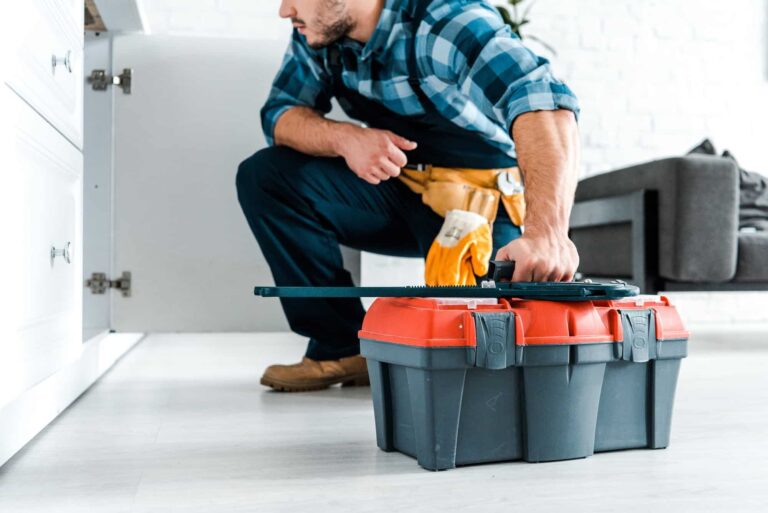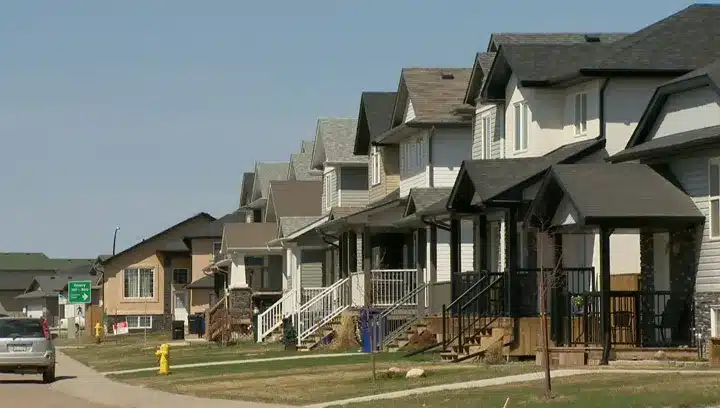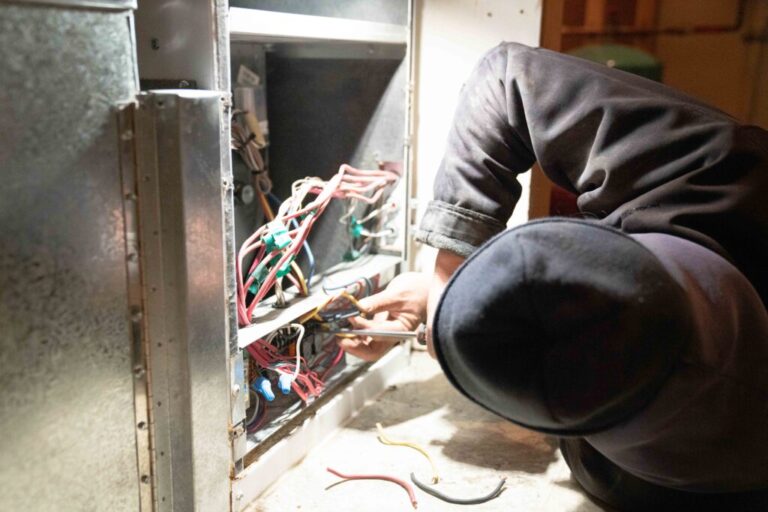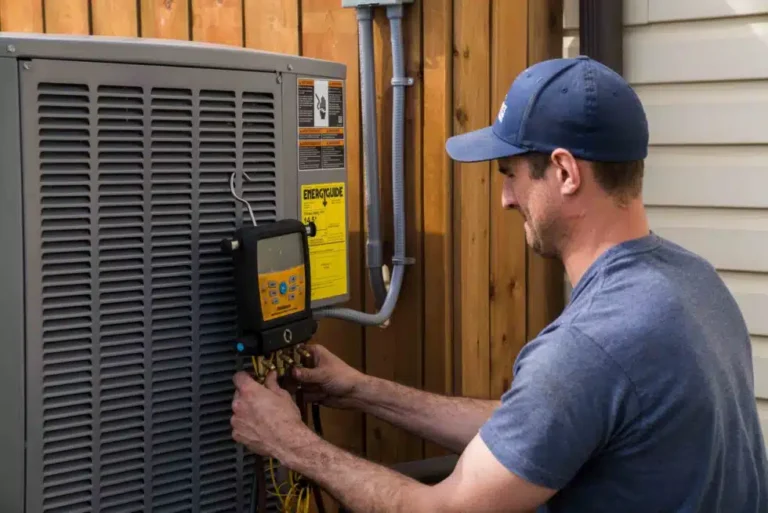Understanding the Impact of Winter on Plumbing Systems
As winter descends, it brings with it a host of challenges for your home’s plumbing system. Understanding these impacts can be crucial in preventing potential disasters and ensuring your home remains safe and comfortable throughout the colder months. The primary concern during winter is the freezing temperatures that can cause water within your pipes to turn into ice. Water expands as it freezes, exerting tremendous pressure on the pipe walls, which can lead to cracks or even complete bursts. Such incidents can result in significant water damage, costly repairs, and extensive disruptions.
Another critical impact of winter on plumbing is the increased demand on your water heater. With the colder weather, water entering your home is colder than usual, requiring more energy to heat and maintain at a comfortable temperature. This increased workload can strain older water heaters, leading to inefficiencies or failures if not properly maintained.
Moreover, the winter months often bring about increased indoor activities, with families spending more time at home. This can lead to higher water usage and stress on your plumbing system, especially if it hasn’t been inspected and maintained regularly. Therefore, understanding these impacts is essential in implementing preventative strategies, such as insulating pipes, servicing your water heater, and conducting regular plumbing maintenance, to protect your home during the winter season.
Preparing Your Pipes for Freezing Temperatures
As the chill of winter descends, ensuring your plumbing system is resilient against freezing temperatures becomes paramount. Pipes are especially vulnerable during these months, and taking proactive measures can save you from costly repairs and significant inconvenience. Here, we delve into the essential strategies for protecting your pipes from the frigid grip of winter.
Insulation is Key
One of the most effective ways to prevent pipes from freezing is through proper insulation. Focus particularly on pipes located in unheated areas such as basements, crawlspaces, attics, and garages. Use foam pipe insulation or heat tape to wrap exposed pipes, which helps to maintain a consistent temperature and prevents the water inside from freezing. Additionally, consider insulating walls and ceilings to further safeguard against heat loss.
Seal Off Drafts
Cold air can sneak into your home through cracks and gaps, especially around windows and doors, increasing the risk of pipe freezing. Use weatherstripping or caulking to seal these openings, effectively keeping the cold air out and the warm air in. This not only protects your plumbing but also enhances overall energy efficiency.
Maintain a Steady Temperature
Keeping your home adequately heated is crucial. Ensure your thermostat is set to a consistent temperature, even when you’re away. Experts recommend keeping the thermostat at a minimum of 55°F (13°C) to prevent pipes from freezing. For added protection, open cabinet doors under sinks to allow warm air to circulate around the pipes.
Let Faucets Drip
During particularly cold spells, allow faucets connected to exposed pipes to drip slightly. This preventative measure keeps water moving through the pipes, reducing the likelihood of freezing. The continuous flow of water, even if minimal, can help alleviate pressure buildup, thereby preventing pipe bursts.
Implementing these strategies can be instrumental in safeguarding your home’s plumbing system throughout the winter months. By taking these steps, you not only protect your pipes but also ensure a warm and worry-free winter season.
Insulating Exposed Plumbing
As the winter months approach, safeguarding your plumbing system becomes a top priority to prevent potentially costly issues. One of the most effective strategies in your winter survival toolkit is insulating exposed plumbing. Pipes that run through unheated spaces, such as garages, crawl spaces, or attics, are particularly vulnerable to freezing temperatures. When water within these pipes freezes, it expands, leading to cracks or even bursts, which can result in significant water damage and expensive repairs.
Insulating your exposed plumbing is a proactive measure that can significantly reduce the risk of this winter hazard. There are various materials available for pipe insulation, each with distinct benefits. Foam rubber sleeves are a popular choice due to their ease of installation and affordability. They snugly encase the pipes, providing a protective layer against the cold. For those looking for more robust options, fiberglass wrap offers excellent insulation properties, especially in extremely cold climates.
Steps to Proper Pipe Insulation
- Identify Vulnerable Areas: Begin by locating pipes in unheated areas that are most at risk of freezing.
- Choose Appropriate Insulation: Select a suitable material based on your climate and budget.
- Install Insulation Securely: Ensure that the insulation fits snugly along the entire length of the pipe without gaps, as even small openings can allow cold air to access the pipe.
- Seal and Secure: Use tape or zip ties to keep the insulation in place, providing a secure fit that will withstand any movement or shifts during the winter.
By taking these steps, not only do you protect your home from potential water damage, but you also contribute to energy efficiency by reducing the amount of heat escaping through uninsulated pipes. As such, insulating exposed plumbing is not just a preventative measure; it’s a savvy investment in maintaining your home’s integrity and functionality during the harsh winter months.
Maintaining Water Heaters for Winter Efficiency
As the mercury drops and winter tightens its icy grip, ensuring your water heater operates efficiently becomes paramount for maintaining comfort and reducing energy costs. A well-maintained water heater not only provides a reliable supply of hot water but also helps prevent costly repairs and replacements during the coldest months.
Regular Inspections and Maintenance
Before winter arrives, it’s essential to conduct a thorough inspection of your water heater. This includes checking for leaks, rust, and any signs of wear and tear that might affect performance. Regular maintenance, such as flushing the tank to remove sediment buildup, is crucial. Sediment can act as an insulator, preventing the heating element from warming the water effectively. By flushing the tank at least once a year, you ensure that your water heater runs smoothly and efficiently during the winter months.
Adjust the Temperature Settings
Another simple yet effective strategy is adjusting the thermostat. Setting your water heater’s thermostat to around 120°F (49°C) can help save energy while ensuring the water is hot enough for household needs. This temperature provides a balance between comfort and energy efficiency, reducing the risk of scalding and lowering utility bills.
Insulate Your Water Heater
Insulating your water heater and the exposed pipes can significantly improve efficiency. Specially designed insulation blankets are available and are easy to install. These blankets help to minimize heat loss, ensuring that the water heater uses less energy to maintain the desired water temperature. This is especially beneficial in colder climates where heat loss can be substantial.
By implementing these strategies, homeowners can ensure their water heaters operate at peak efficiency throughout winter. This not only ensures a reliable supply of hot water but also contributes to lower energy bills and prolonged appliance lifespan.
Preventing and Thawing Frozen Pipes
Saskatoon winters are notoriously harsh, bringing with them the constant threat of frozen pipes, a common and potentially disastrous issue for homeowners. As temperatures plummet, the water inside pipes can freeze, leading to blockages and, in some cases, burst pipes that cause extensive damage. To mitigate these risks, it’s crucial to adopt strategies that prevent freezing and know how to thaw pipes effectively if they do freeze.
Prevention Strategies
Prevention starts with proper insulation. Ensure that pipes, especially those in unheated areas like basements, attics, and garages, are adequately insulated. Pipe sleeves or heat tape can offer additional protection. Additionally, maintaining a consistent indoor temperature, even when away, helps prevent freezing. Ensure that the thermostat is set no lower than 55°F.
Another effective preventive measure is to let faucets drip slightly during extremely cold weather. This keeps water moving through the pipes, reducing the chance of freezing. Opening cabinet doors under sinks also allows warmer air to circulate around the plumbing.
Thawing Techniques
If pipes do freeze, it’s important to thaw them carefully. Begin by opening the faucet to allow water to flow once it starts to melt. Use a hairdryer, heat lamp, or portable space heater to warm the pipes gradually. Avoid using open flames or high-heat sources, as these can damage pipes or even cause fires.
In cases where pipes are inaccessible or if you’re unsure about tackling the issue yourself, contacting a professional service like Pro Service Mechanical is advisable. Their team of skilled technicians can provide expert assistance, ensuring the problem is resolved safely and efficiently.
By implementing these strategies, homeowners can protect their plumbing systems from the severe effects of Saskatoon’s winter months, ensuring peace of mind and the continued functionality of their home’s water supply.




